
Z-Design Studio, Solapur, Maharashtra, by Z-Design Studio
Situated within a 60-year-old ancestral bungalow, this project reimagines a lived-in past through thoughtful adaptation and deep respect for what already exists. Emerging quietly during
A monthly writing contest for young writers (under 35).
From any profession, from any location!
ArchitectureLive! opens submissions for the monthly writing contest about urbanism and architecture in 300 to 400 words.

12 Conversations curated by Deepika Srivastava, involving designers, consultants, contractors, clients and users

Situated within a 60-year-old ancestral bungalow, this project reimagines a lived-in past through thoughtful adaptation and deep respect for what already exists. Emerging quietly during

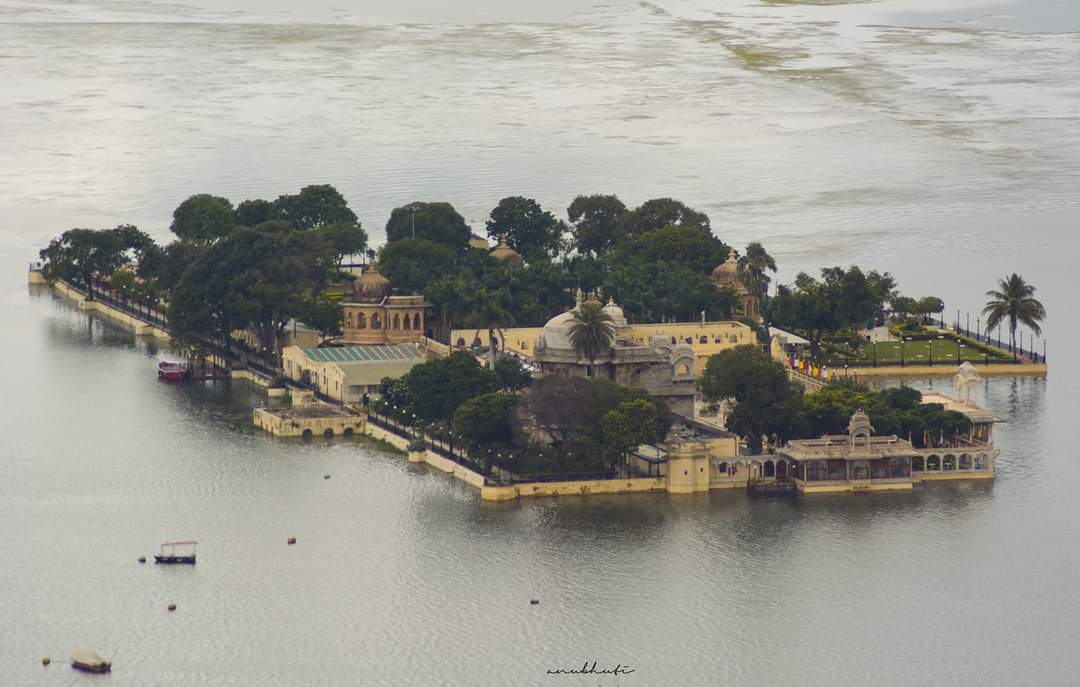

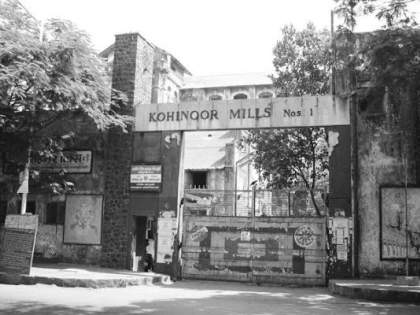
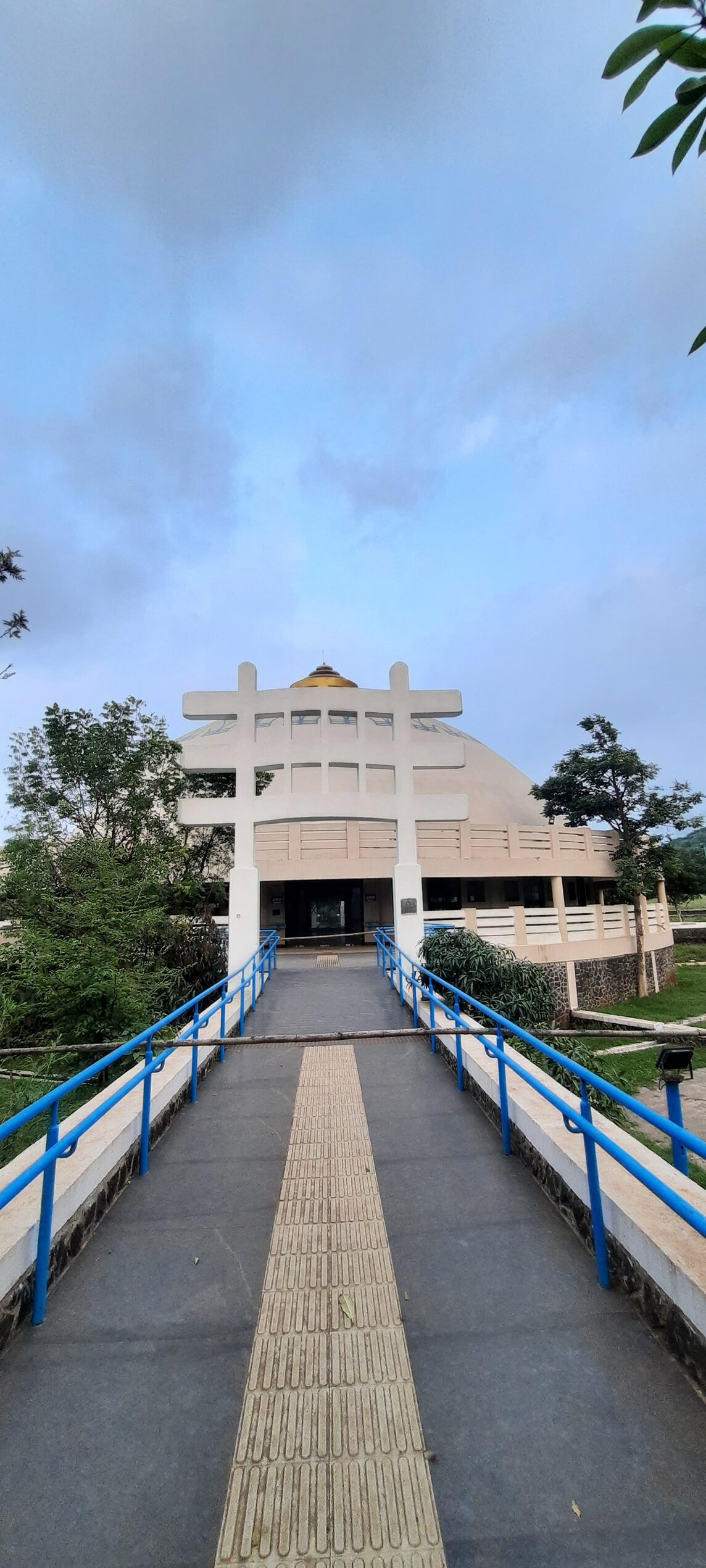
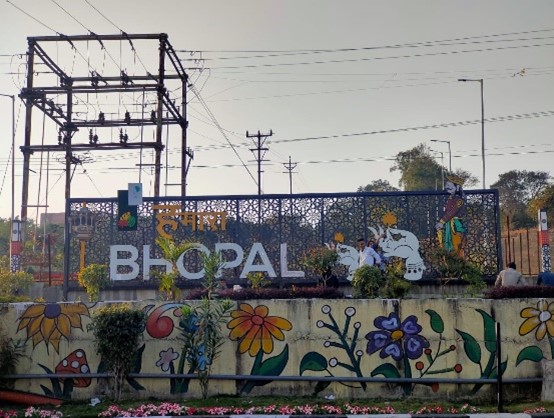

Alimentative Architecture
A series of articles by Architect-Poet-Calligrapher H Masud Taj interfacing architecture with food via geometry.

ArchitectureLive! continues with Alimentative Architecture – The fifth in a series of articles by Architect-Poet-Calligrapher H Masud Taj interfacing architecture with food via geometry.

ArchitectureLive! continues with Alimentative Architecture – The fourth in a series of articles by Architect-Poet-Calligrapher H Masud Taj interfacing architecture with food via geometry.

ArchitectureLive! continues with Alimentative Architecture – The third in a series of articles, An Architect Eats Chapati, by Architect-Poet-Calligrapher H Masud Taj interfaces architecture with food via geometry.
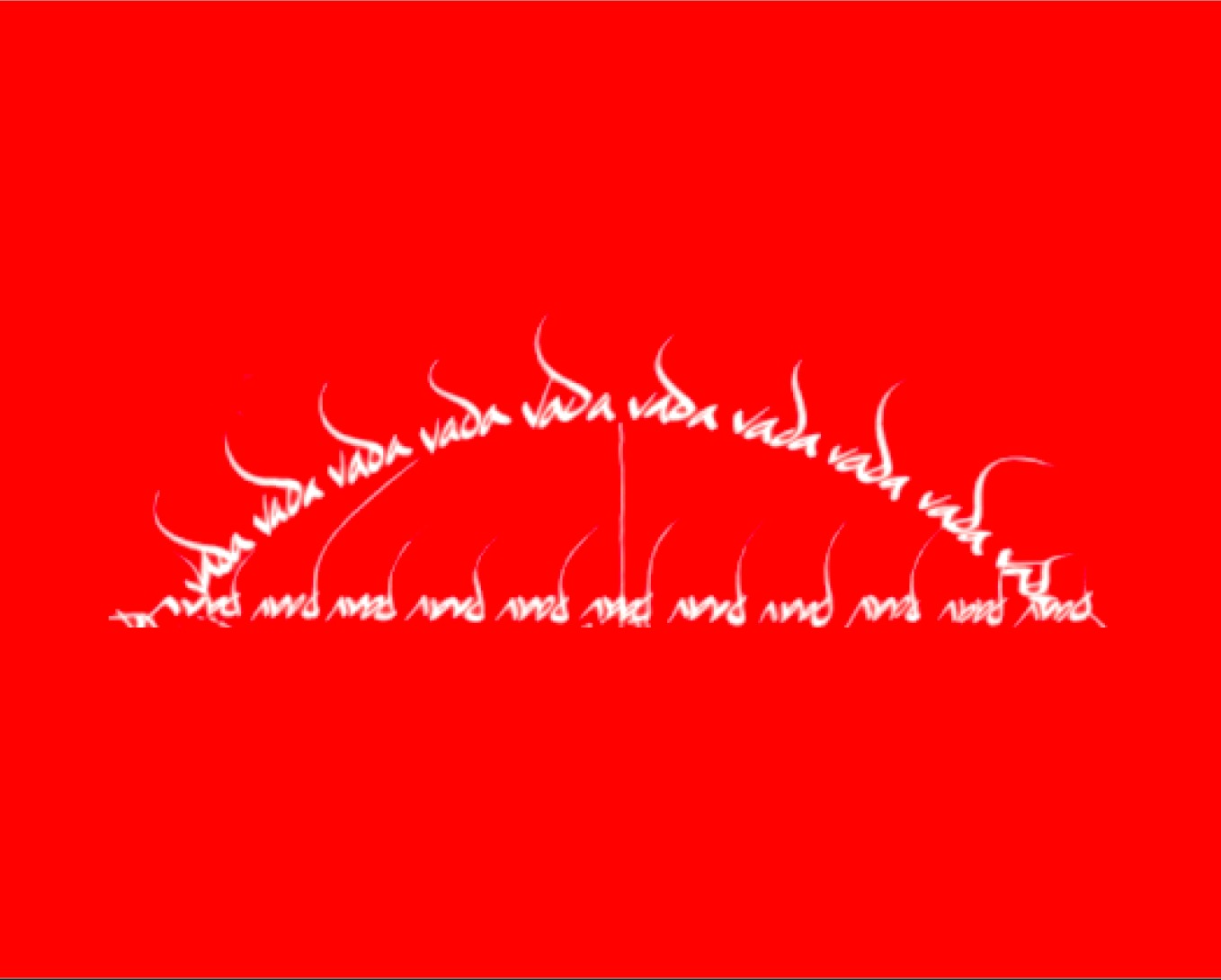
ArchitectureLive! celebrates UN World Food Day with Alimentative Architecture – The second in a series of articles by Architect-Poet-Calligrapher H Masud Taj interfacing architecture with food via geometry.

Alimentative Architecture – A series of articles by Architect-Poet-Calligrapher H Masud Taj interfacing architecture with food via geometry.
Like what we publish? You’ll surely like our newsletter too. Join the club!
.Perspectives
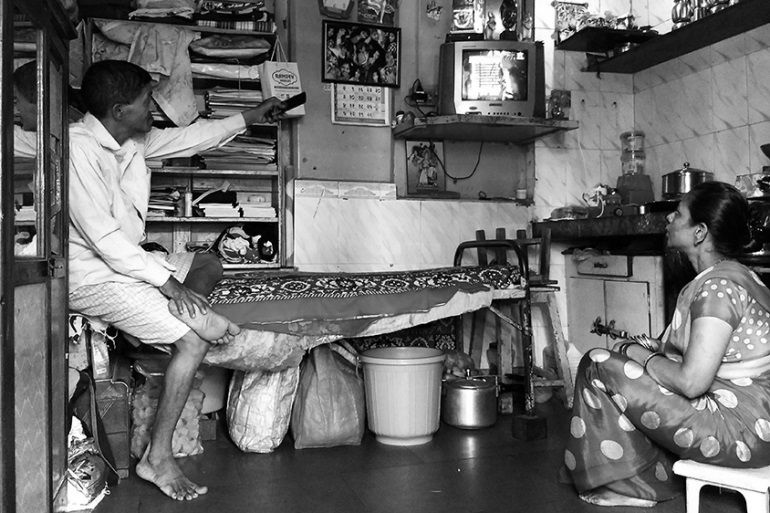
The Open Ideas National Competition 2024 addressed urban India’s affordable housing crisis, encouraging innovative, livable, and sustainable small home designs. With the season IV wrapping up, Habitat Forum (INHAF) and Sustainability Initiatives announce Season V of the competition inviting entries.
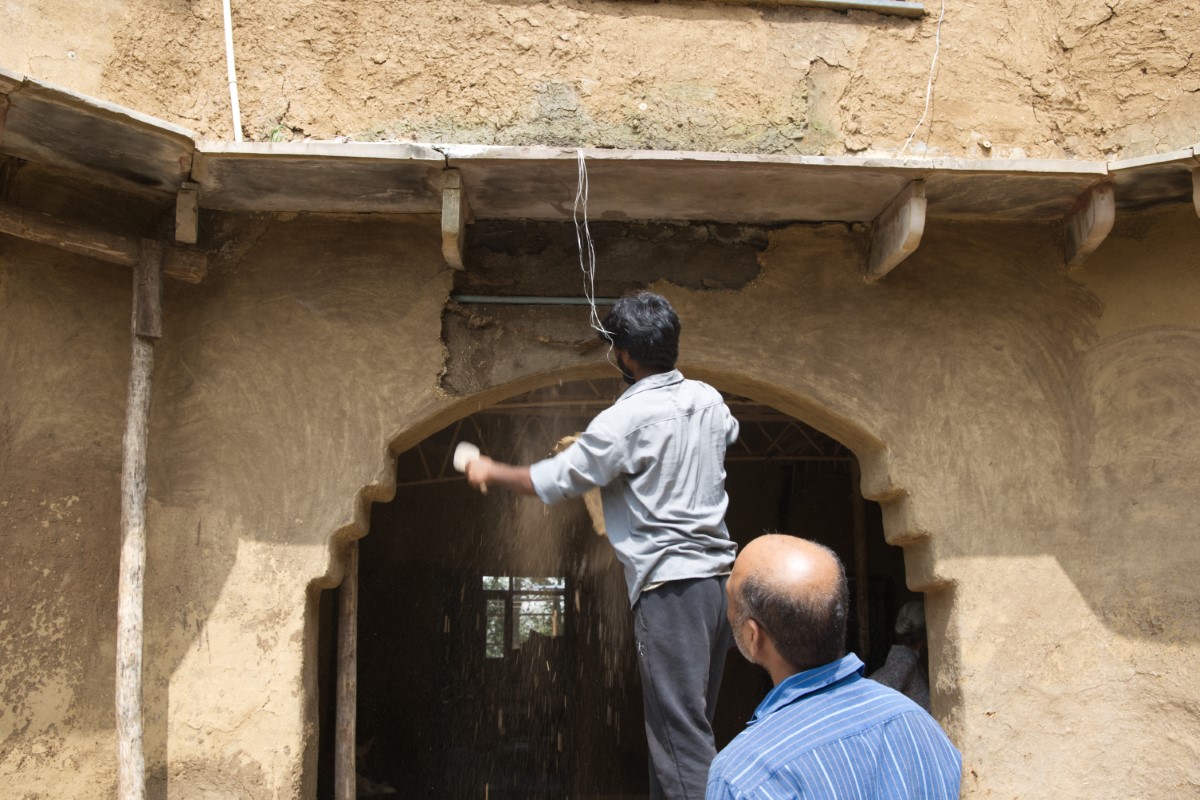
The Muskaan School in Bhopal, designed by Revathi Kamath (Kamath Design Studio) in 2016, showcases sustainable architecture and community involvement. Now facing structural challenges, it seeks donations and volunteers for urgent preservation and repairs.
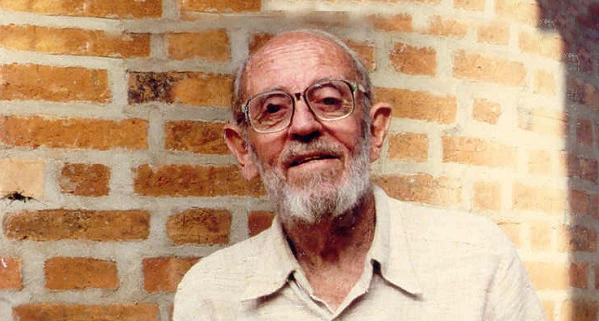
Kirtee Shah’s keynote address for “Laurie Baker Birth Centenary Celebrations” interrogates the architectural profession’s fundamental disconnection from societal imperatives, using Laurie Baker’s praxis as a framework for examining contemporary professional alienation and proposing transformative pedagogical and practice-based interventions within India’s built environment crisis.
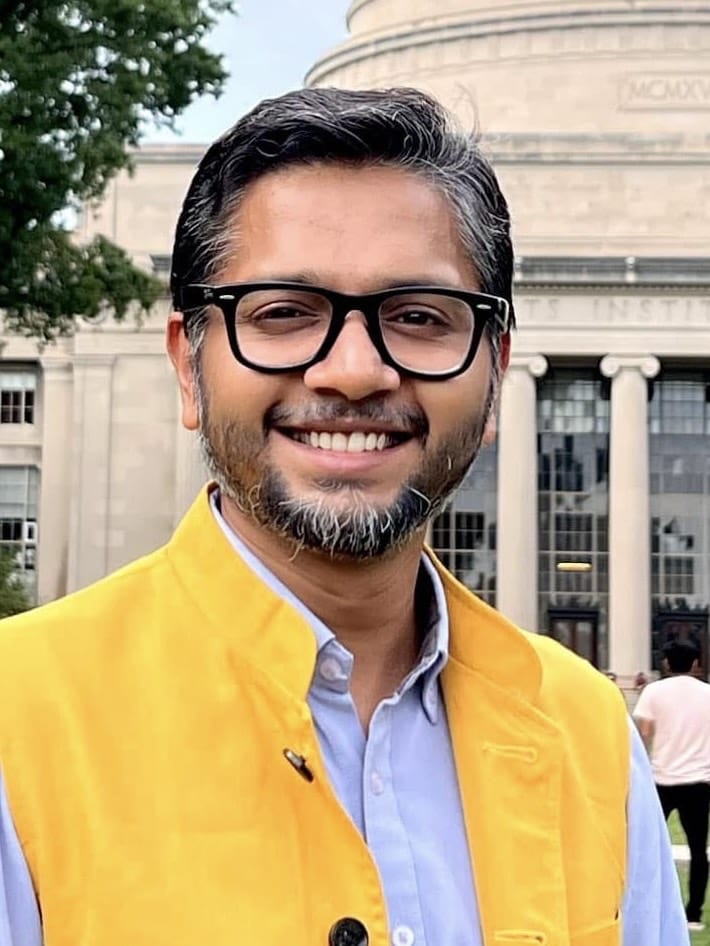
Fahad Zuberi writes about the surge in architecture PR firms and influencers in India—prioritizing viral appeal over authenticity, turning architecture into a popularity contest and diminishing critical discourse.
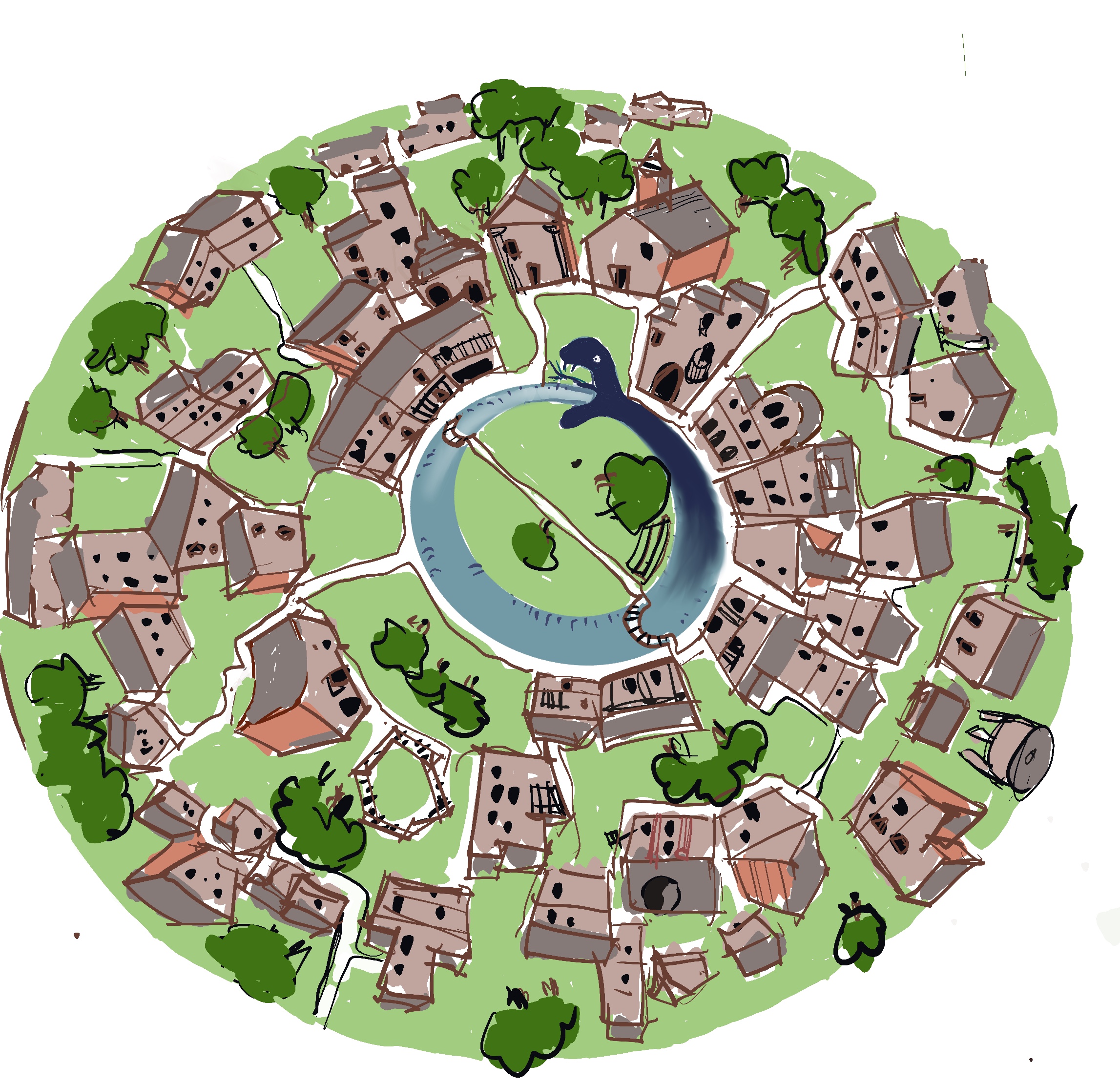
In his article, Kavas Kapadia paints a hopeful picture of the future of Indian architecture, showcasing how despite challenges like identity struggles and limited support, dedicated Indian architects are beginning to thrive, innovate, and establish their presence, hinting at a promising future for the profession.

Anoop Menon writes about architecture as a profession requiring more than talents—critical thinking, problem-solving, and significant financial commitment. He presents an overview of what students should expect from academia and profession in general.
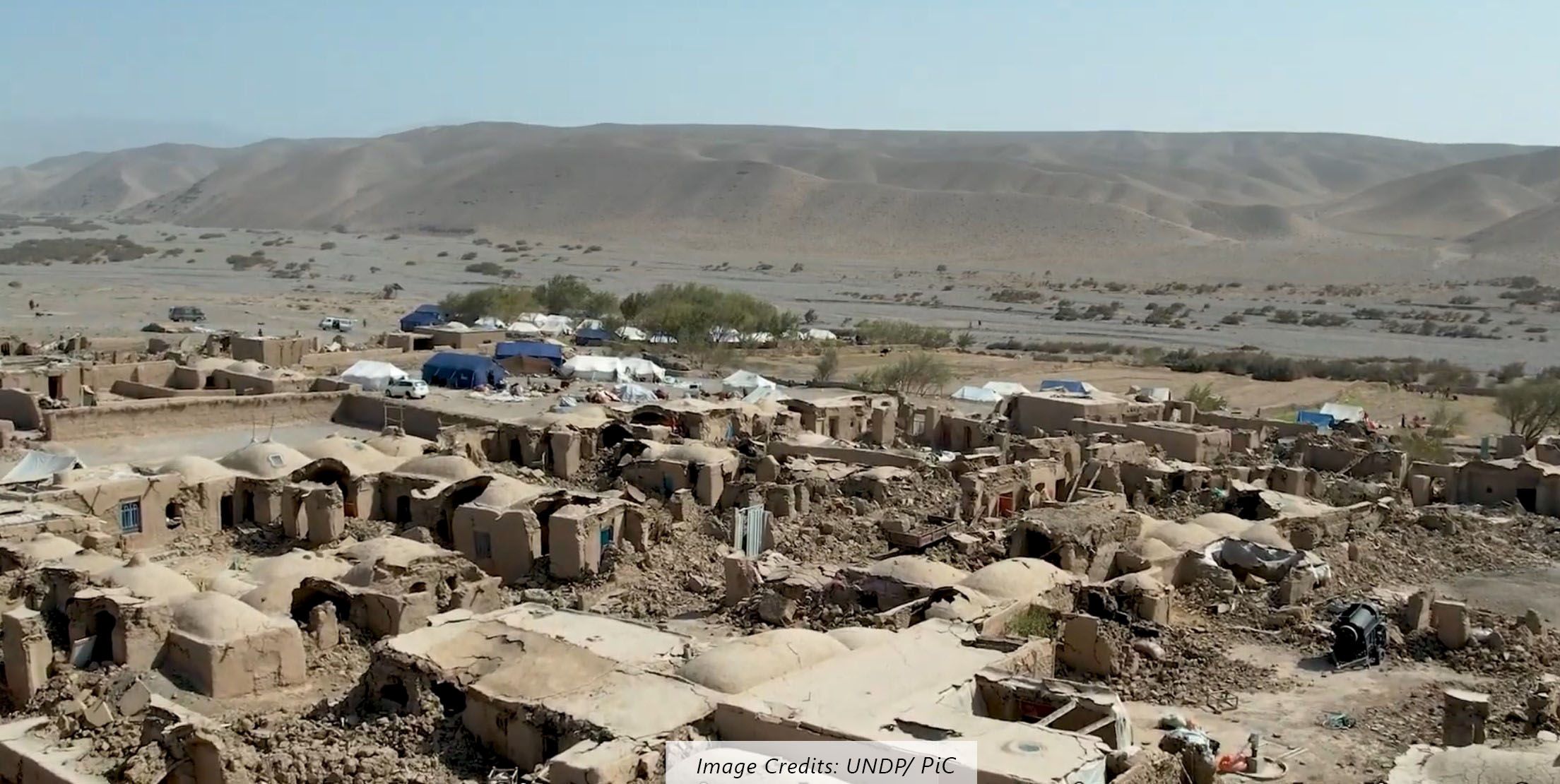
While the devastating 2023 earthquakes in Herat, Afghanistan, destroyed countless traditional earthen homes, exacerbating vulnerabilities, Juhi Desai and Vivek Rawal, People in Centre (PiC), elaborate on PiC’s reconstruction efforts with UNDP. The focus was on empowering local communities by incorporating hazard-resistant features into familiar building techniques like adobe and domical vaults, bridging tradition and safety.
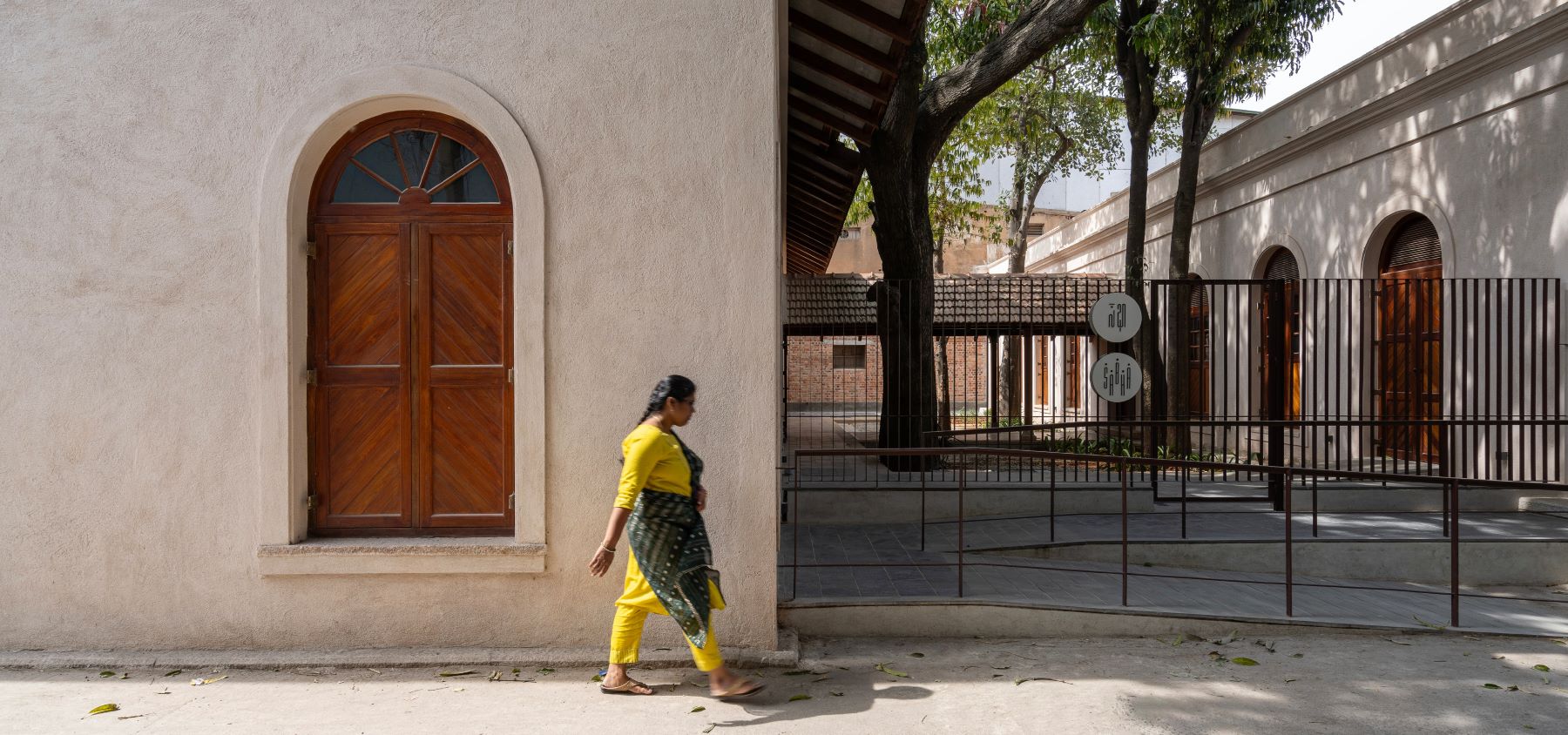
Suchitra Deep reviews the restoration of a colonial-era school in Bangalore, by Hundredhands, into the newly-opened “Sabha” as a flexible arts and culture space, using traditional materials and methods, showcasing adaptive reuse and heritage conservation amidst urban challenges.
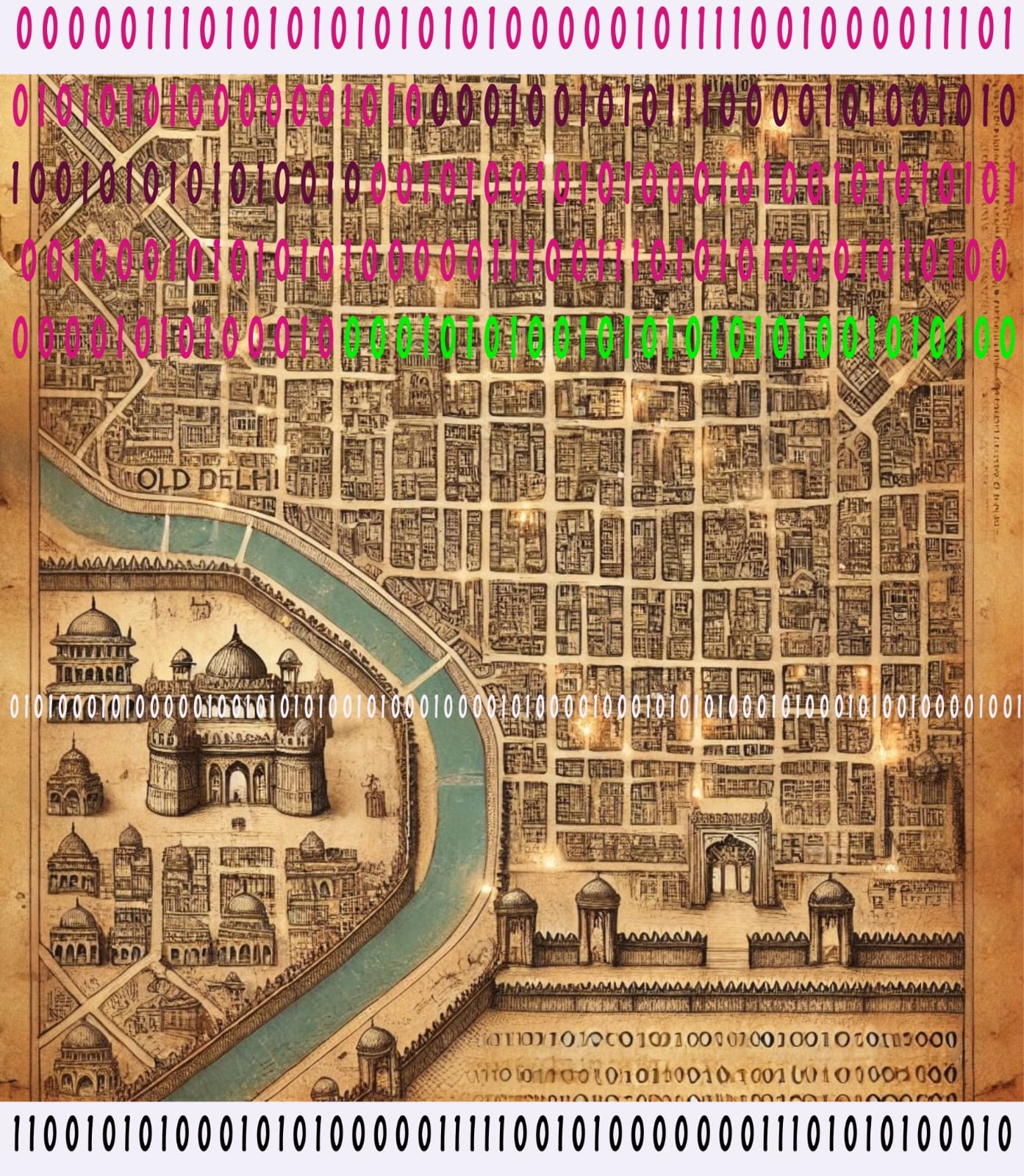
Prof. Kavas Kapadia reflects on the intersection of urban planning, human creativity, and the transformative impact of Information Technology and AI.
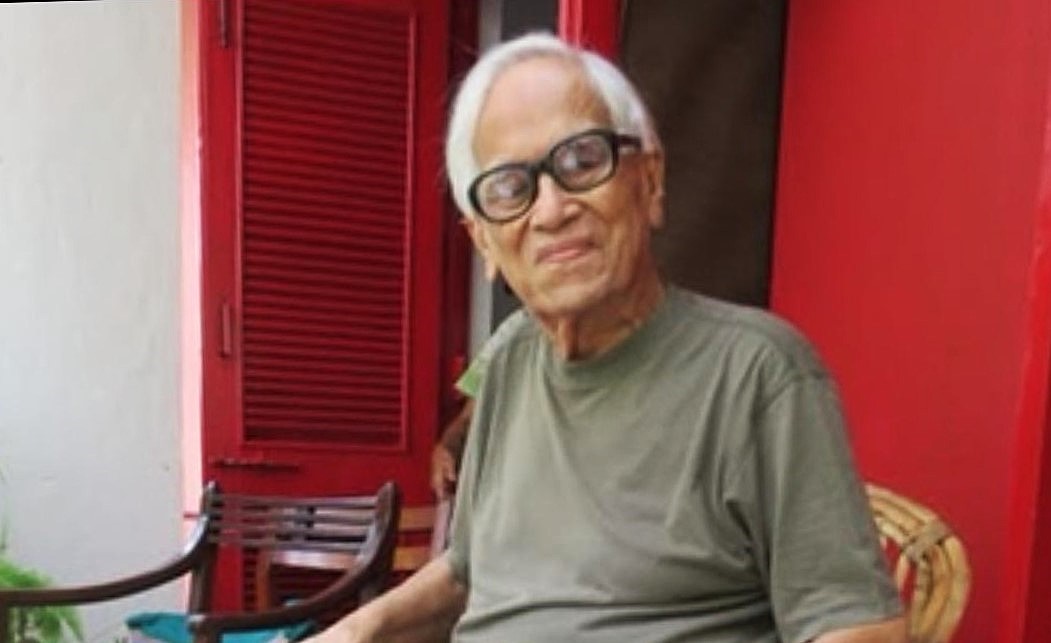
Trains.Architecture.Culture.Life | In his tribute to Professor Bruno Dias Souza, a visionary architect, urbanist, and educator, Edgar Demello writes about how Prof. Bruno left an indelible mark on Goa and the world through timeless designs, advocacy, and passionate teaching.

As quite a few architects pursue post-graduation studies in architecture for job market opportunities, firm dreams, or specialization, despite unclear benefits and high costs, Saumya Bansal talks about alternatives that offer practical skills and less financial risk.
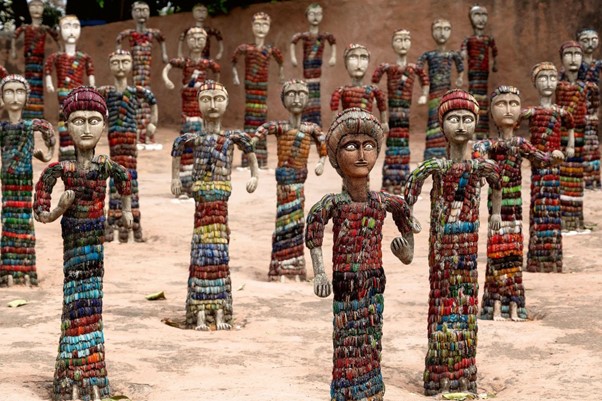
Mehar Deep Kaur and Asees Prab critically raise the issue surrounding the demolition of Rock Garden wall in Chandigarh for additional parking space for the High Court. They highlight the tension between heritage preservation and elite-driven development, questioning the city’s modernist planning and the impact on citizens.
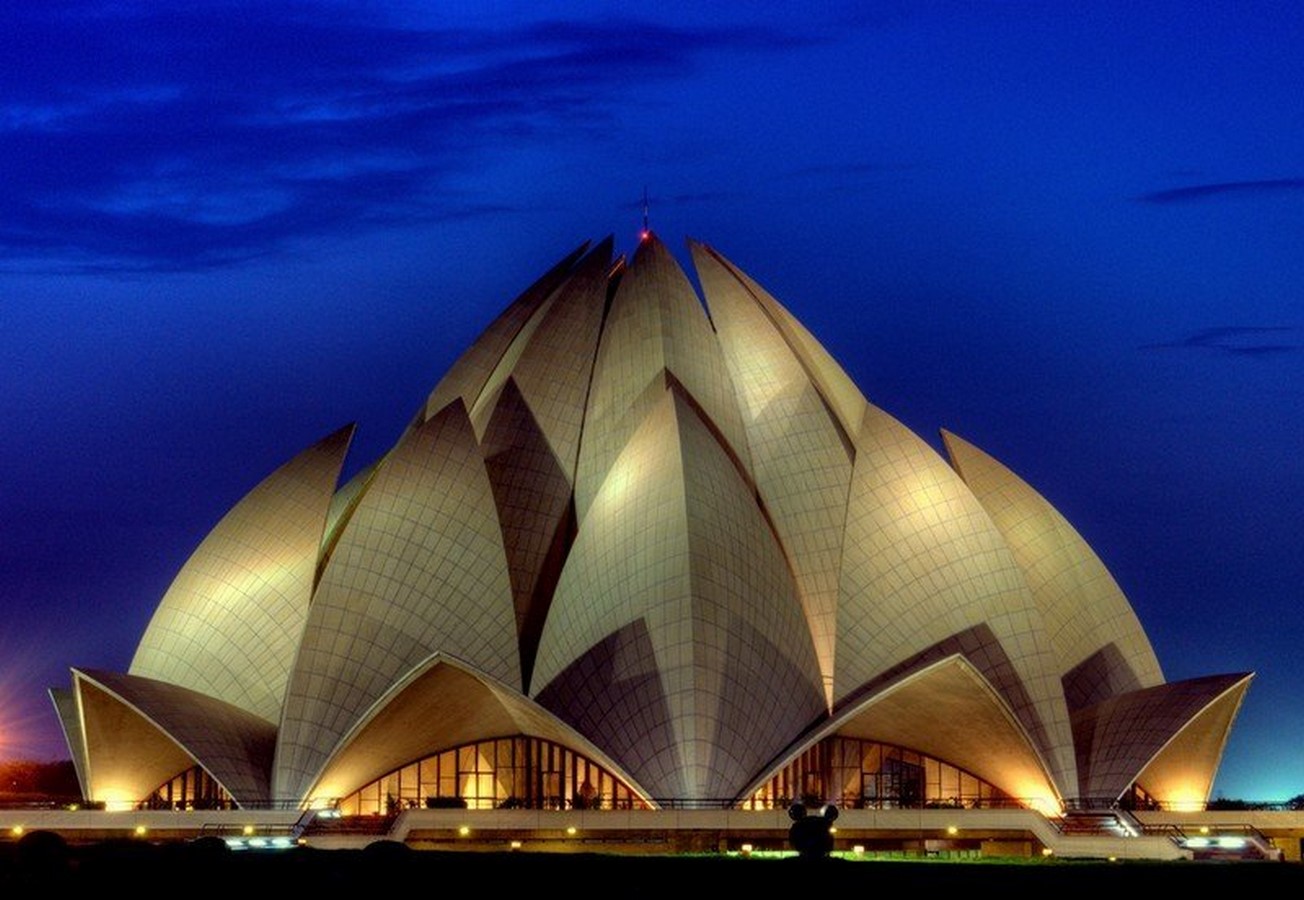
This article concludes the Maverick Shutterbugs 2.0 series- dedicated to visual narrators and architectural photography.
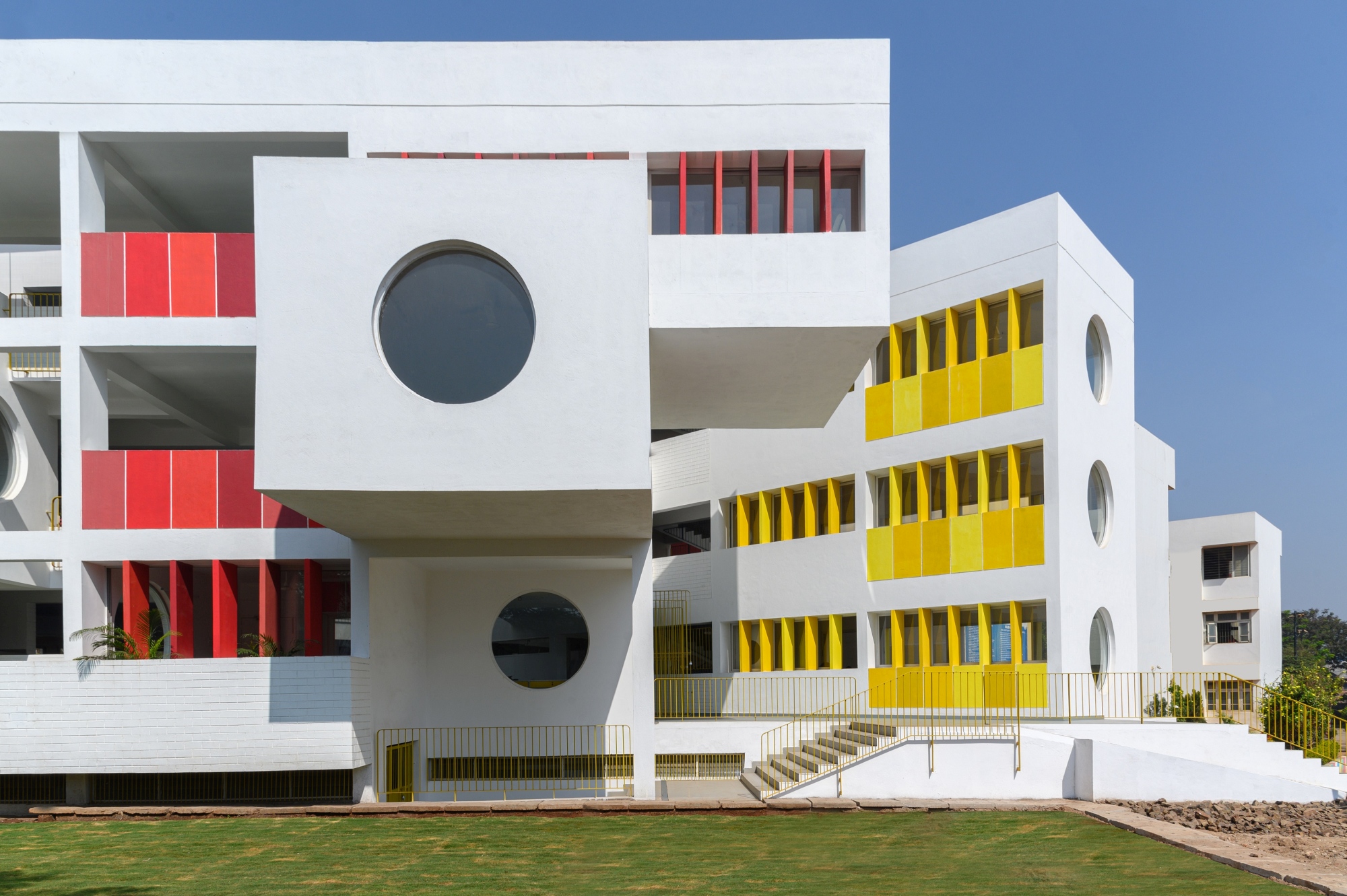
Maverick Shutterbugs 2.0 is a series dedicated to architectural photographers capturing the built environment. This post is a curated compilation of the entries received from public participation.
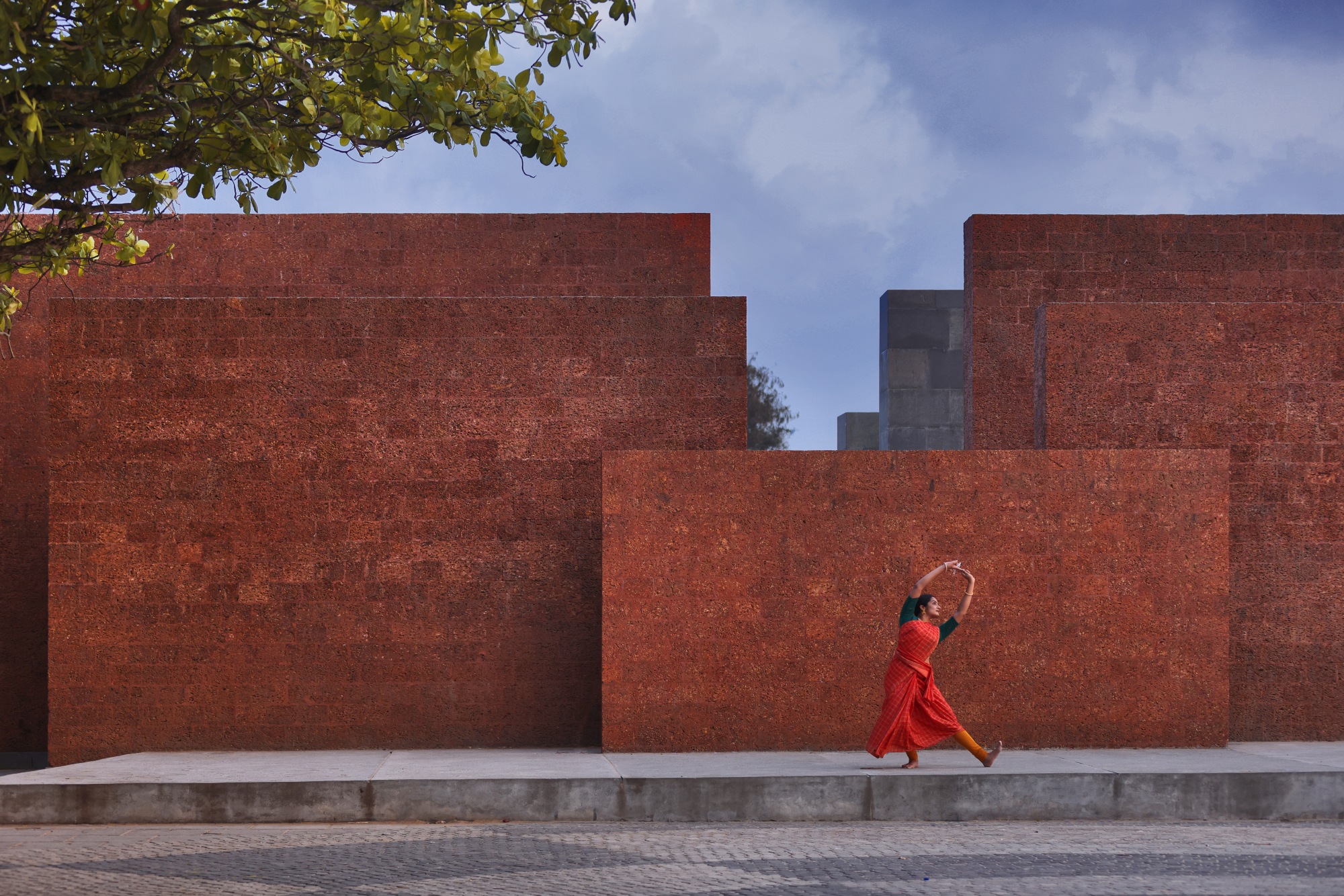
Maverick Shutterbugs 2.0 Features: A collection of photographs clicked by Architectural Photographer Prasanth Mohan in the South Asia region.
Have a story to share?
We are on the constant lookout for immersive, in depth and intriguing stories around architecture and urbanism. If you would like to contribute a story, click on the button below:
.Featured Works
© ArchitectureLive! 2025
Notifications